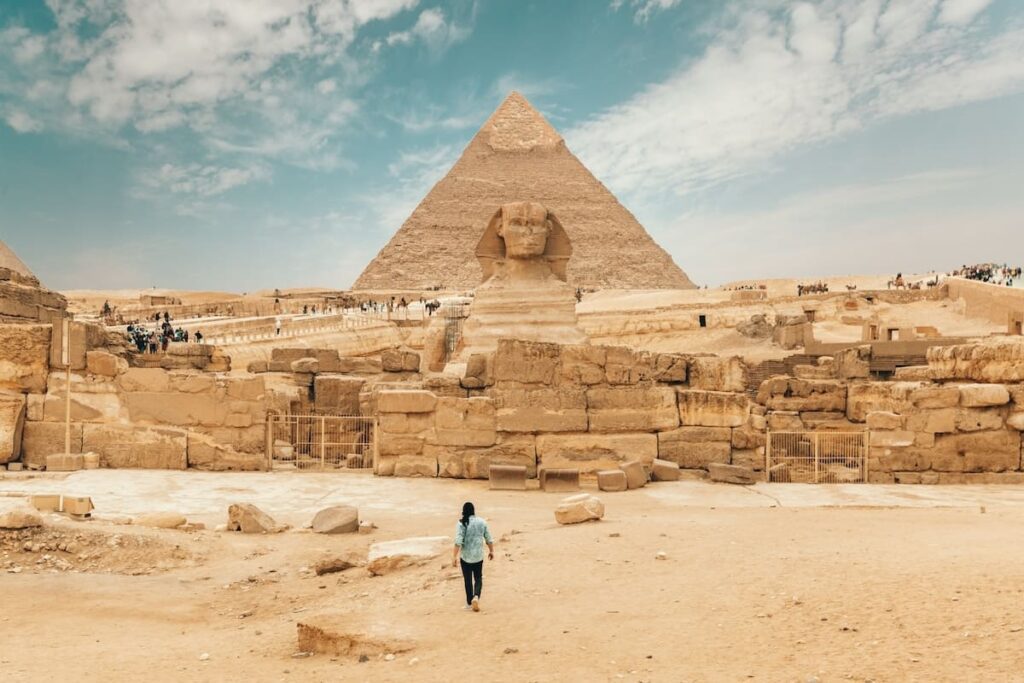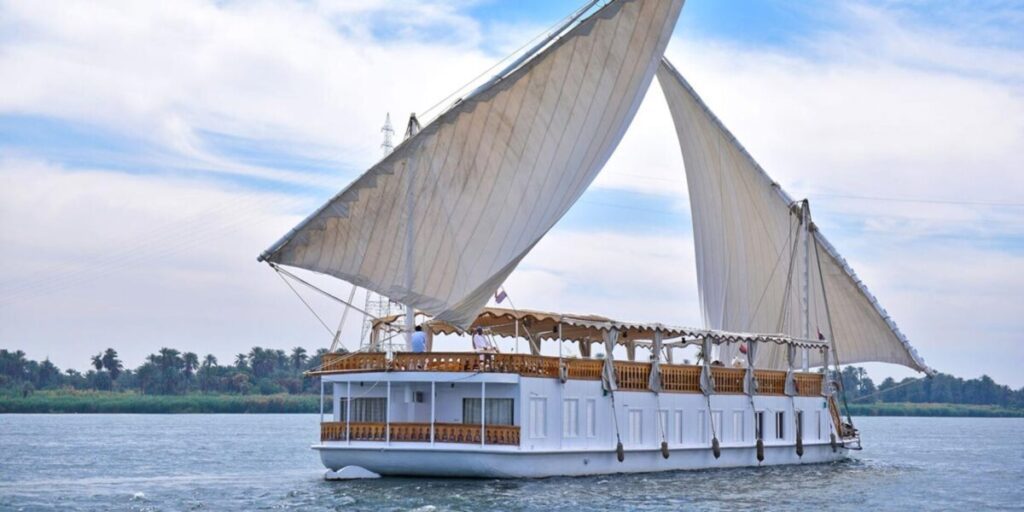No other nation in the world says ‘Welcome’ as often as the Egyptians, and every time, they mean it. While the ancient civilization of Egypt continues to amaze, contemporary Egyptians are equally remarkable.
About Egypt
Traveling in Egypt
About Egypt: A Comprehensive Guide to Traveling in the Timeless Land
About Egypt’s timeless allure, it serves as a beacon to travelers eager to unravel the mysteries of its ancient past and bask in the beauty of its present. As you cruise down the Nile River, the lifeblood of this remarkable country, you’re enveloped by the “Red Land” deserts. These natural barriers not only protected but also nurtured one of history’s most splendid civilizations, making every moment spent in Egypt a profound journey through time. This river journey offers more than just a passage through history; it’s a gateway to understanding the unique blend of human achievement and natural wonders that have captivated minds for millennia, showcasing the essence of what Egypt is about.

Cairo, the vibrant heart of Egypt, stands as a testament to the country’s layered history, from the Pharaohs to the Fatimids, Ottomans, and beyond. It’s a city where ancient pyramids gaze upon modern hustle, inviting explorers to discover its secrets. Meanwhile, Sharm ElSheikh, with its tranquil beaches and crystal clear waters, offers a serene escape from the world, showcasing Egypt’s ability to enchant visitors with its diverse landscapes.
The revival of the long cruise from Cairo to Aswan epitomizes the essence of Egyptian travel. This journey, a blend of adventure and tranquility, passes through landscapes that have remained unchanged for centuries, offering glimpses of life along the Nile that continues as it has since the time of the Pharaohs. These “floating palaces” provide a unique vantage point from which to appreciate the enduring legacy of Egypt’s architectural and cultural marvels.

Among Egypt’s many jewels are the resorts that dot its landscapes, providing oases of relaxation and luxury in the midst of its storied terrains. These resorts cater to a wide range of tastes, offering everything from serene beachfront escapes to luxurious havens nestled in the desert’s embrace.
Sharm ElSheikh, often hailed as a slice of paradise, stands out as a premier destination for those seeking both adventure and tranquility. Nestled on the southern tip of the Sinai Peninsula, it boasts some of the world’s most spectacular underwater sceneries, making it a haven for divers and snorkelers who come to explore the vibrant coral reefs of the Red Sea. Exploring Egypt is to walk through chapters of human history itself, from the grandeur of its ancient monuments to the bustling markets of its cities and the peaceful sands of its deserts and beaches. Each step is a story, each landscape a painting, and each moment a memory waiting to be cherished.
As you embark on this journey of discovery, we’ve compiled a comprehensive guide to assist you in navigating the wonders of Egypt. Below, you’ll find links to all the essential travel tips you need for a seamless Egyptian adventure:
Certainly! Here are the names of the travel tips for Egypt:
Updated on 29 Nov, 2024

